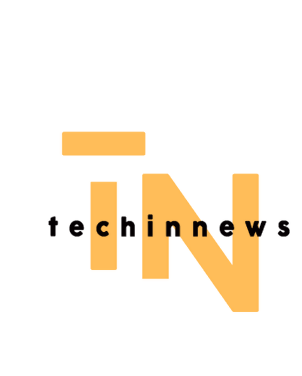The sterile grid of video conferencing might soon be a relic of the past. Microsoft, in a bold move, has introduced Mesh, a platform within Teams that reimagines virtual meetings as immersive 3D experiences.
Forget static squares and stilted conversations – Mesh transports you and your colleagues into shared virtual spaces, fostering more natural and engaging interactions. Think cozy coffee shops for brainstorming sessions, vibrant conference halls for presentations, or even serene lakeside retreats for casual catch-ups.
But Mesh isn’t just about a fancy makeover. This platform aims to address the inherent limitations of traditional video calls. The lack of body language cues, the difficulty replicating spatial presence, and the feeling of isolation can all hinder communication and collaboration. Mesh tackles these by:
-
Replacing avatars with you: Ditch the generic faces and create personalized digital avatars that reflect your appearance and personality. Express yourself through gestures, animations, and even clothing, bringing a touch of the real world into the virtual.
-
Spatial audio: Move around the virtual space, your voice naturally fading as you distance yourself from colleagues and amplifying as you approach. This simple feature fosters organic side conversations and mimics the dynamics of a physical meeting room.
-
Interactive environments: Break free from the confines of the screen. In these 3D spaces, you can whiteboard together, manipulate objects, and even share presentations on virtual walls. This level of interactivity fosters deeper engagement and collaboration.
However, Mesh isn’t just about bells and whistles. It boasts several practical advantages for businesses:
-
Enhanced teamwork: Brainstorming sessions become more dynamic and productive as ideas flow freely in a natural, spatially aware environment.
-
Improved engagement: Boring PowerPoint presentations are replaced by interactive experiences, capturing attention and boosting knowledge retention.
-
Global collaboration: Remote teams feel more connected and present, bridging geographical gaps and fostering stronger relationships.
Of course, questions arise. Can Mesh handle large meetings? The current limit is 25 participants, a figure expected to rise in the future. What about accessibility? Mesh works across devices, from PCs and laptops to mixed reality headsets, ensuring inclusivity.

The launch of Mesh marks a significant step towards the “metaverse,” a persistent virtual world where we work, play, and socialize. While still in its nascent stages, Mesh offers a glimpse into a future where collaboration transcends physical boundaries and embraces the possibilities of 3D space.
However, this shift isn’t without its challenges. Ethical considerations regarding data privacy and security need careful attention. Ensuring equitable access to technology and navigating the blurring lines between physical and virtual identities are crucial conversations we must have.



